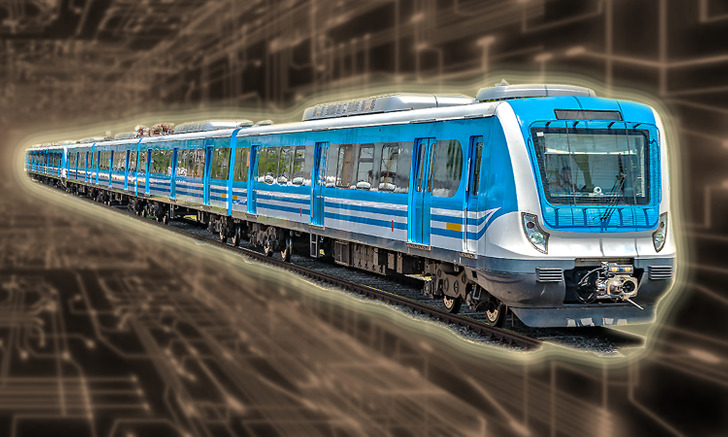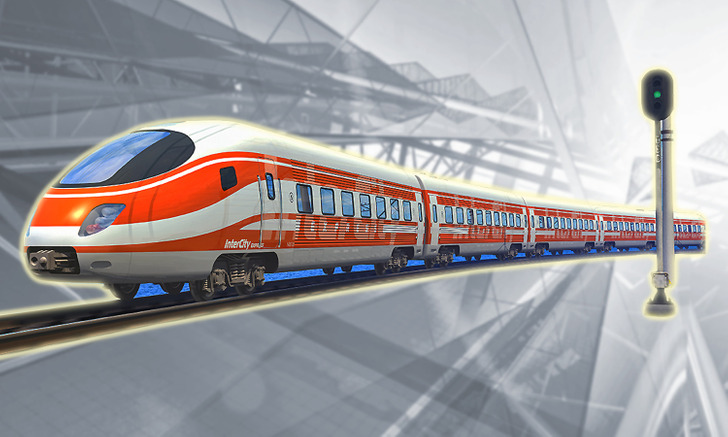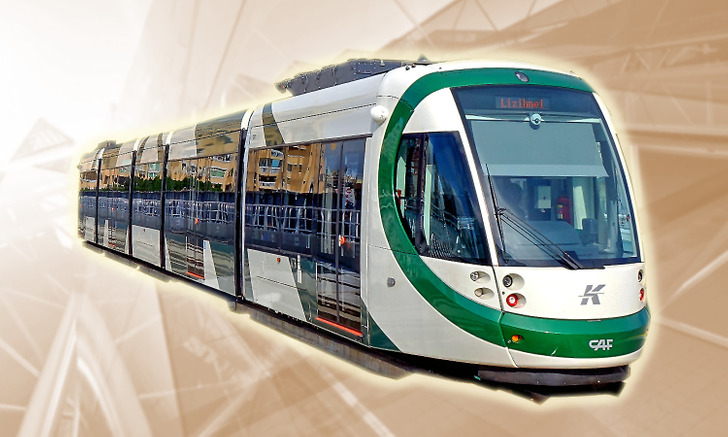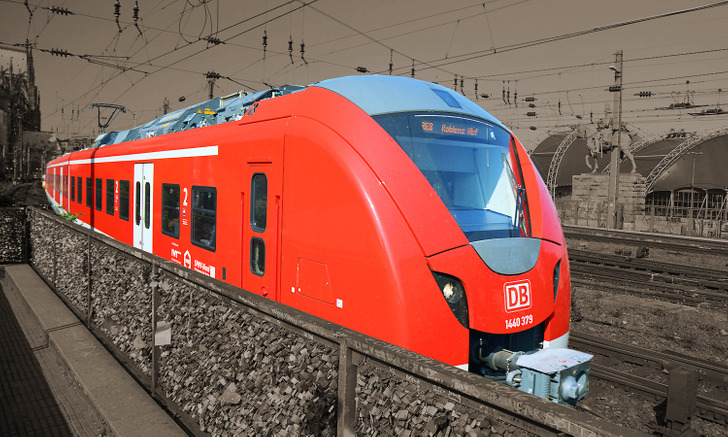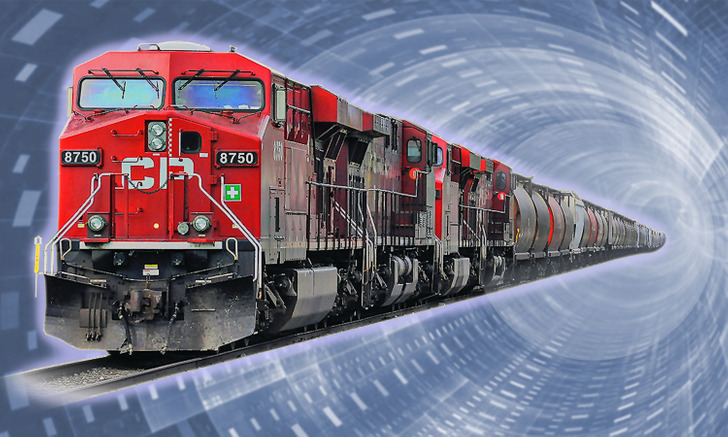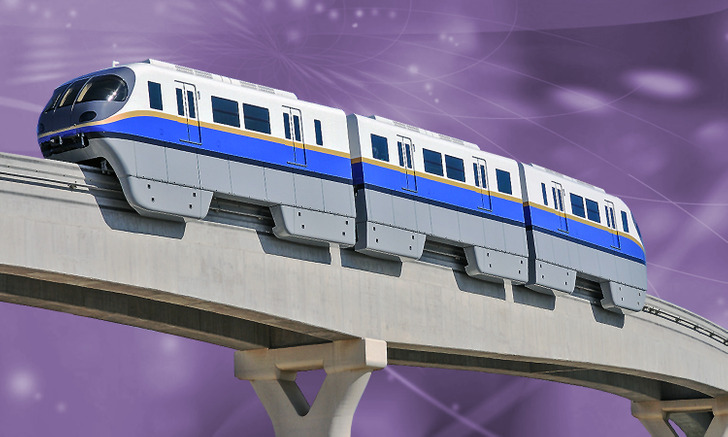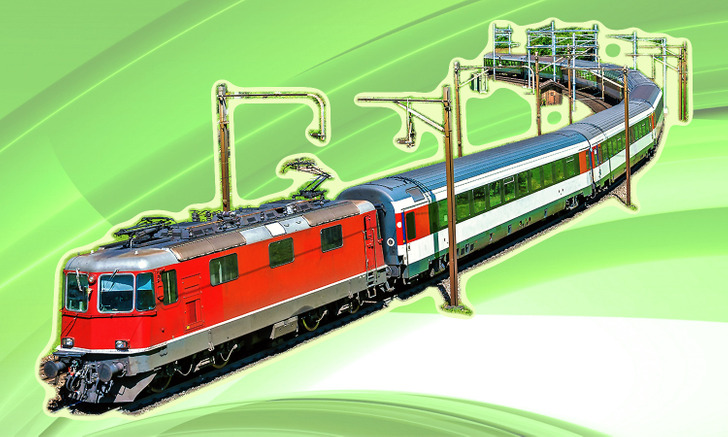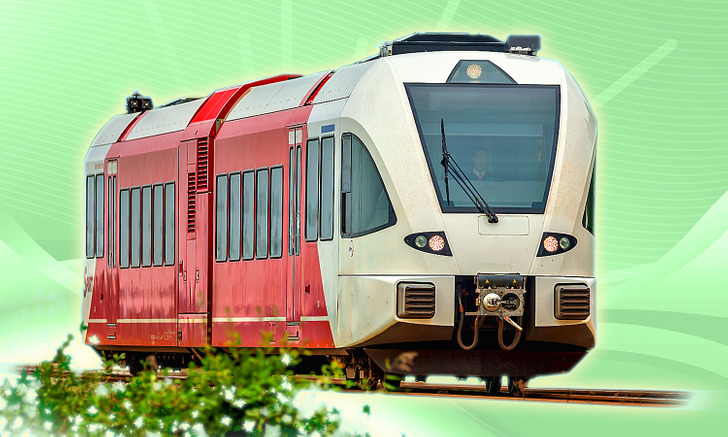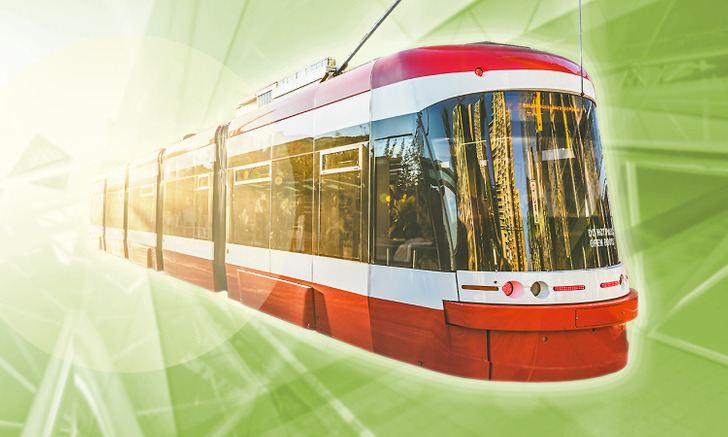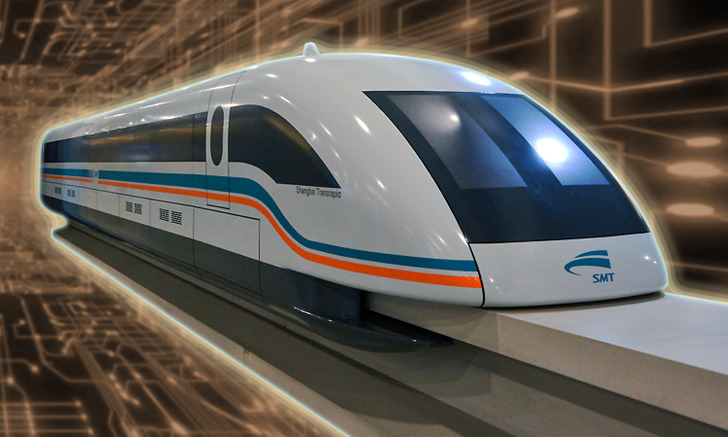A Guide to Trains
A train is, hands down, one of the essential parts of the transport system. It can carry passengers, cargo, or goods with connected vehicles running along a railway. In this article, 5-Minute Crafts rounded up the most common types of trains used worldwide.
1. Commuter trains
Commuter trains, or suburban rails, are an efficient transport service between suburban areas and a city center. They run at 30 to 125 mph (50 to 200 km/h) and reduce traffic and air pollution. While some are scheduled for rush hours and weekdays, others may run all day in both directions. They pave the way for wheelchairs, cycles, and prams.
2. High-speed trains
High-speed rails (HSR) or trains connect large metropolitan centers using just a few stops and have high power and passenger capacity. They’re faster than traditional trains operating at 124 mph (200 km/h) or above 155 mph (250 km/h). They operate in many countries, including France, Italy, Spain, Germany, Britain, Taiwan, South Korea, Japan, and China.
3. Light rail trains
Light rail trains (LRT) are pedestrian-friendly urban rail transportation systems on the street, at ground level, or on elevated roads. They look like trolleys and streetcars. They can operate as a single car or a short series with their own private road. They have tram and metro features. There is no standard definition for them, but in the US, they come with a lower capacity and speed than a long heavy-rail passenger train or metro system.
4. Regional trains
5. Freight train
6. Monorail
7. Passenger train
Passenger trains consist of unpowered railroad cars, coaches, or carriages transporting people. They may have a self-powered unit or a group of locomotives. Passengers can travel between different cities or regions on a fixed schedule and can disembark or board between stations. There are 3 main types: long-distance, short-distance, and trains within cities.
8. Railcar
9. Light rails
Light rails are modern tram systems with independent routes. Unlike subway trains, they may have level crossings often secured by crossing gates.
10. Maglev
The term “maglev” comes from the term magnetic levitation technology. All maglev trains have a magnetic lifting mechanism. In other words, they’re lifted off and propelled along the track using 2 sets of magnets. They can reach high speeds but don’t move far. They’re lighter, quieter, faster, and more comfortable than conventional systems.
